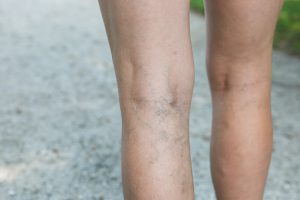 Age is a factor that affects a woman’s chances of conceiving. Women become less fertile as they grow older because they have fewer eggs. The quality of a woman’s eggs also declines with age.
Age is a factor that affects a woman’s chances of conceiving. Women become less fertile as they grow older because they have fewer eggs. The quality of a woman’s eggs also declines with age.
According to the American College of Obstetricians and Gynecologists (ACOG), fertility in women can begin to decrease at the age of 32 and they can become more at risk of developing complications after the age of 35.
Although becoming pregnant after the age of 35 may have its challenges, there are things a woman can do to help increase her chances of having a baby including:
- Receiving preconception care from her gynecologist
- Eating a healthy diet
- Losing weight if overweight or obese
- Avoiding chemicals or substances in the home or workplace that can be harmful to pregnancy
- Avoiding smoking and drinking alcohol
- Taking supplements that contain folic acid
- Exercising regularly
If you are over the age of 35, you should not be discouraged from trying to conceive. Advancements in gynecological care and fertility treatments are making it possible for many women to have a baby after that age. However, it is important that you speak with your doctor about your risks and challenges you may encounter.
To schedule an appointment with an Ob/Gyn at Jamaica Hospital Medical Center, please call 718-206-6808.
All content of this newsletter is intended for general information purposes only and is not intended or implied to be a substitute for professional medical advice, diagnosis or treatment. Please consult a medical professional before adopting any of the suggestions on this page. You must never disregard professional medical advice or delay seeking medical treatment based upon any content of this newsletter. PROMPTLY CONSULT YOUR PHYSICIAN OR CALL 911 IF YOU BELIEVE YOU HAVE A MEDICAL EMERGENCY.





